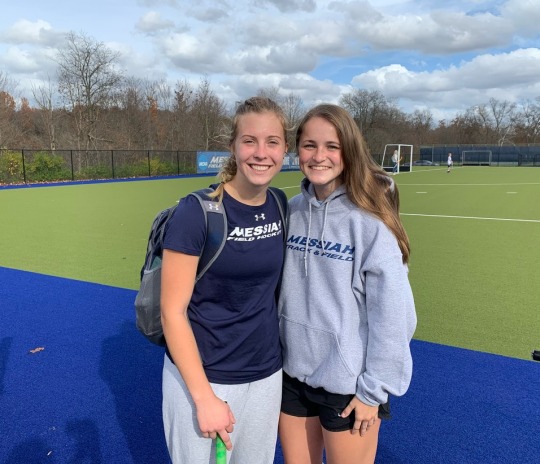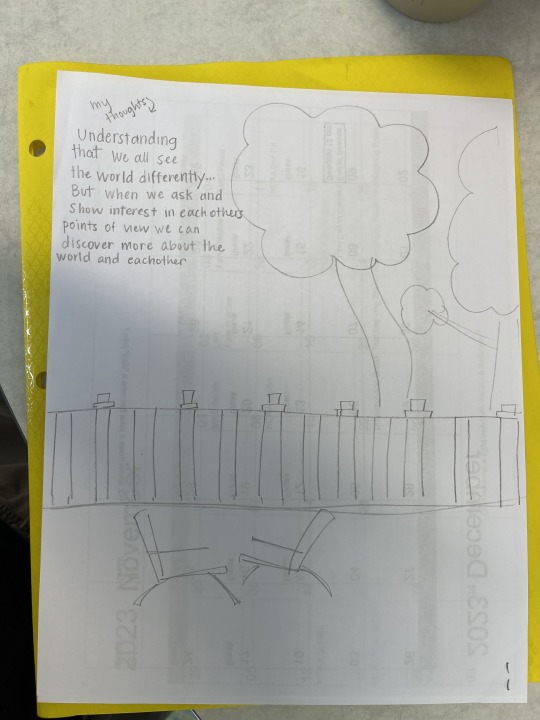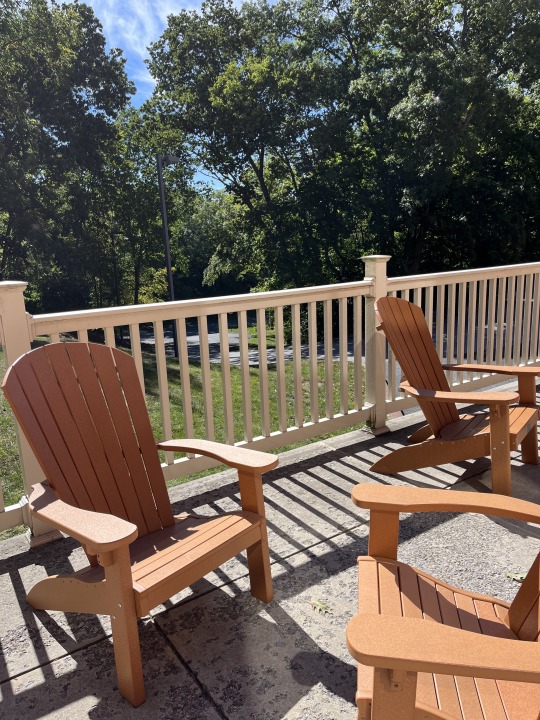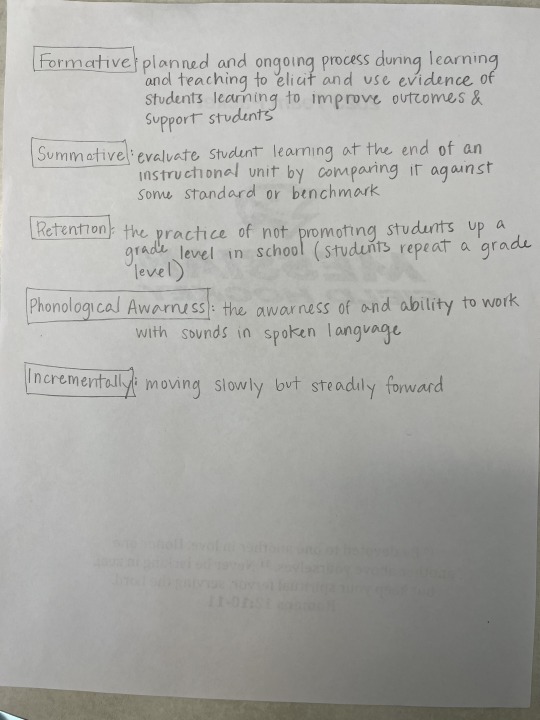Text
Readerly Exploration #7
due date: 11/27
Title:
(1) Why Reading Fluency Should Be Hot
(2) She's My Best Reader; She Just Can't Comprehend: Studying the Relationship Between Flunecy and Comprehension
Big Idea:
(1) This article helps teachers understand how to help with the issue of testing fluency and offers a more comprehensive approach.
(2) This article suggests that comprehension problems may be related to higher order comprehension and that teachers evaluate student reading based on speed, and accuracy.
nugget:
(1) "If they have to use too much of that cognitive energy to decode the words in text, they have little remaining for the more important task in reading -- comprehension." I thought this was worded very well, it paints an easy picture to understand how students are able to decode but not necessarily comprehend. I think it is also interesting that our tests focus on the ability for students to read fast and correct, and we dont even mind if they have no idea what they are reading. I remember taking a reading test in elementary school and i felt so confident reading the whole page, but when she asked me what i just read, i was lost because i wasn't allowed to go back and read. I was trying to read so fast that i would forget to slow down and understand what i am reading.
Exploration:
I shared this reading with my roommate. She also shared about her experience in elementary school where she struggled to comprehend as well. She also mentioned the fear she would get from the test because she would remember reading and not knowing and she would be worried that she will get things wrong.

0 notes
Text
Readerly Exploration #6
due date: 11/6
Title: Chapter 5- First Words Decoding
Big Idea: This chapter focused on decoding words, the importance for decoding, and how to teach it in effective ways.
Nugget: I thought the first part of the chapter when the author brings up the example of the student who was able to sound out all the letter sounds but unable to blend them was interesting. I actually witness this in field currently, with 2 students, and it is almost maddening to try and help them. It doesn't make sense why they can't blend the sounds together; however, in reading this I realized that it was simply a lack of knowledge to blend. It could be fixed with patience and targeted explicit instruction. This is encouraging especially after seeing this happen in real life and feeling like there was nothing more to teach.
Exploration: For my exploration I explained to my mom what decoding is in my own words. I showed her the book that I was reading. The other week when she asked me about field I mentioned that it is very challenging because there is one student who can't blend their letter sounds. I explained how we were working on blending out the word b-a-t and she would say /b/ /aaaaa/ /t/ but when she would put them together it was just /at/. Today when I showed her that there is a reason, and a way to fix it she was so happy that I was learning something. It also was very interesting to her that it is simply how some students learn. We both learned something new and it was cool to read of an example so similar to one that I have been a part of in the classroom.

here is a picture of my mom (who was so embarrassed to have her photo taken🥺) and the chapter I showed her!
0 notes
Text
Readerly Exploration #5
Due Date: 10/23
Title: Letter Lessons and First Words( Intro- Know the Code)
Big takeaways:
(1)Intro- Its important to approach the topic of phonics in a fun and active way, being explict and understanding that children must learn both the concept of word in print, and the alphabetic principle to get the meaning behind a phonics lesson.
(2)Chapter 1: Know the code- In order to be able to teach english you must know how it works all the way down to the smallest until of meaning.
Nuggets:
(1)- The best way to learn phonics is by being active and using manipulatives. Sometimes I assume that learning can just happen with a worksheet and pencil, but it's the connections that are made in the brain when using your hands, and actually doing something to represent how phonics work that have the biggest impact on students.
(2)- Seeing the difference between oral language and written language was very interesting. So often we blend words and use slurs in our speech. I thought it was interesting that the book mentioned, "the building blocks of speech are sounds, and the building blocks of writing are visual symbols".
Exploration- While I was reading through chapter one I was trying to think of songs that represent how different written lyrics are verses what you hear. I think often to the moments that I sing a song for so long with the wrong lyrics, and finally read the lyrics to realize that my ears where deceived. I think music is a prime example of different tones, pitches and blends of words that can be difficult to write down if you don't know the actual lyrics. There are also parts of songs that have very clear syllables and examples of digraphs. (As a side note I love that artists are able to tell a story through songs clearly, where you are able to gain meaning from the song and assume certain lyrics even if letters and sounds are blended.) One song I think about is "thats something to be proud of" I love the tune of the song but the lyrics are said so fast and blend together so easily I need to read the lyrics in order to sing along. However there are important parts of the song like the chorus that are clear and easy to follow.
youtube
here is the link to the lyric video of the song I was talking about.
0 notes
Text
Readerly Exploration #4
Due date: 9/18
Titles-
Enriching and Assessing Young Children's Multimodal Storytelling Wessel-Powell, Kargin and Wohlwend (1)
Why Children Need Play Leong & Bodrova(2)
Building Language and Literacy Through Play: Scholastic(3)
Big Take Aways-
(1) Enhancing literacy instruction by incorporating storytelling can not only enhance reading comprehension but also improve writing skills and be a fun activity for kids to be apart of as well as show their families.
(2) Allowing kids to play leads to cognitive maturity and can help them build on learning without even knowing they are doing it.
(3) Dramatic play is the most effective play a child can participate in because it gives opportunity for them to practice literacy and language.
Nuggets-
(1) I loved this idea especially the creating aspect. I always looked forward to those kinds of craft incorporated assignments in elementary school!
(2) I think a child's imagination is so natural at this age and can change the trajectory of their life depending on how it's viewed. When they are able to learn and have fun then you have hit the sweet spot to building confidence and encouragment.
(3) Growing up my cousins and I play dramatically all the time and its interesting to think back at our age and the things we would tell each other. We picked up so many things from what we heard and say our parents do so we would obviously include that into our "house" plays.
Reflection on (2)
I think about all the benefits mentioned in the reading and the fact that every kid should have the opportunity to play at this age. I was blessed with cousins and kids my age to enjoy just playing pretend, but i know single children or kids who just dont find enjoyment in being a kid and playing, they would rather hang around the adults then go and use their imagination. I think that as much as we wish we could control the home life of a child, we can't and the reality is that if they are able to have a chance to imagine and play pretend, encouraging them to do that in school is crucial and needs to happen. As a teacher I want to make it my goal to make kids want to come to class and play while they learn, even if they don't realize how much they are learning because they are enjoying themselves. I think, especially in elementary school, kids should have zero stress when it comes to grades and scores and be more excited to just simply be there having fun.
Activity- the timeline of before and after the reading

1 note
·
View note
Text
Readerly Exploration #3
Due date 9/4
Title: Reading with a Crayon: Pre-Conventional Marginalia as Reader Response in Early Childhood”
Big Take Away: Though we look at children making marks in the book as destructive it is actually a very important way that express their understanding and exhibit emergent literacy practices.
Nugget: something that stood out to me is the realization a child has when you ask them what they drew (appearing to be a bunch of scribbles) and they go on to tell you what each line means to them. I remember my cousin drawing a picture and I was guessing for the longest time what she possibly could've drawn, considering it was just scribbles, and she mentions that it was a swing. We were just on a swing early in the day and i could see the connections she was trying to make as she explained to me why she drew every part of the "swing"
Activity: finding a spot on campus to connect to my big idea

what i saw

what it actually was
2 notes
·
View notes
Text
Readerly Exploration #2
due date: 8/21
Chapter 9: Assessment and Intervention in the Balanced Literacy Classroom
Big Take away: I think the big take away is that it is important to test your students on what they learned at the end of the chapter or year or whatever it may be, but it is equally if not more important to see where your students are along the way. If interventions need to take place, if they are ahead of the game and gauge your plans based on that.
Nugget: I loved the quote that said, "A formative assessment is when the cook tastes his own soup, a summative assessment is when the guests taste the soup" This made so much sense to me as far as what each term really means. formative is to help the learning and see if changes need to be made, summative is to see what was learned and where they are at now.
Activity: Identifying unknown vocabulary words and looking them up before I read.

2 notes
·
View notes
Text
Readerly Exploration (#1)
1.Toward an Educationally relevant theory of literacy learning:Twenty years of inquiry (Cambourne)
2.Building a Literacy Community: The Role of Literacy and Social Practice in Early Childhood Programs (Britsch, Meier)
Due Date: 8/28/2023
Big take aways!!
It is essentially for comprehension of literacy if students are confident and engaged in class with both in-school and out-of-school contexts.
There are 3 critical themes to build a literacy community, the importance for children and adults to take ownership, understanding literacy as an inclusive process, and how students process and think when involved in literacy.
Nuggets!!
"Learners are more likely to engage with demonstrations if they're free from anxiety"(page 7). I thought this quote was very powerful in understanding that learning is not only based on the content but also the environment they are in.
2. " Incorporating processes that work in classrooms for all children demands neither lockstep retraining of children's behavior nor compensatory intervention to prevent academic failure" (page 6). This quote stood out to me in showing me that its ok to go outside the box and not just stick to what the lesson plans say or the curriculum but to do what works in the moment for the benefits of the students.
Activity (based on #1 reading)
write 2-3 goals to improve my reading for the next assignment
read over each diagram in the text and try to follow the visual models as best as I can before i read so that while I read i can recall connections that I saw in the overview
Use the subheadings as an outline to gain more understanding of the text beneath. I skimmed over the headings only to have to go back and reread them and realize that it would've made the readings a lot more clear!
3 notes
·
View notes